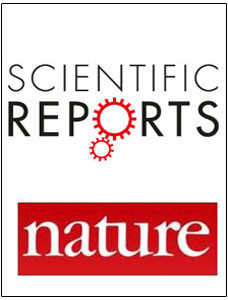Cryogenic electron microscopy became a powerful tool to study biological objects. For non-biological objects (solutions, gels, dispersions, clays), the polemic about interpretation of cryogenic microscopy results is still in progress splitting on two contradictive trends: considering structure as a near-real state of the sample or as freezing artefacts. In this study, a microstructure of a range of stable aqueous solutions and dispersions (agar, kaolin, montmorillonite, nanoparticles) was investigated by means of cryo-SEM and confocal LSM in order to compare cryo-fixed and unfrozen structures. Noticed correlation between these two methods for studied systems (agar, kaolin, montmorillonite, NPs) allowed to state that ordered microstructure is an inherent feature of these systems. Some inconsistencies in microstructure dimensions were discussed and prescribed to the differences in the bulk and interface layers. Supposedly, NaCl solutions also possess dynamic (femtosecond level) microstructure of neat water clusters and solvated Na+ and Cl- ions that may have an impact on electrolyte abnormal properties.
